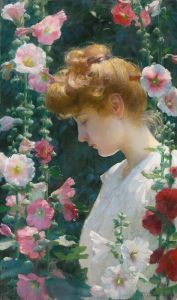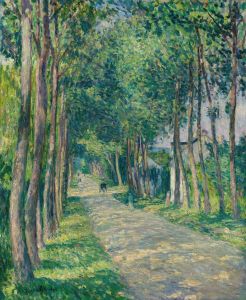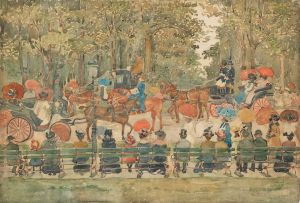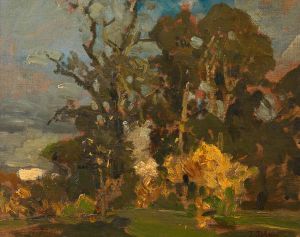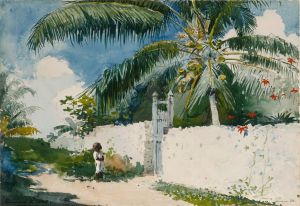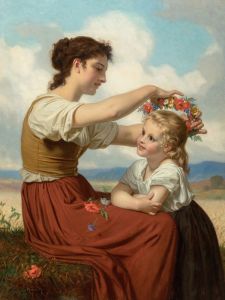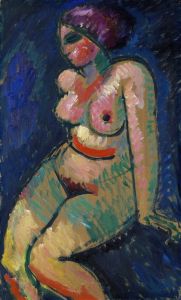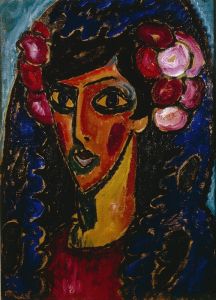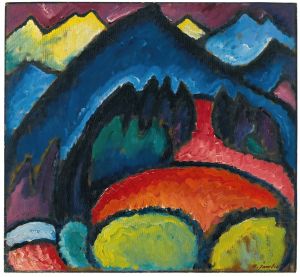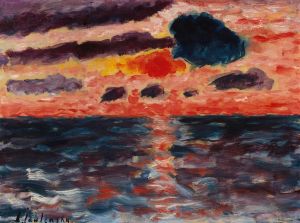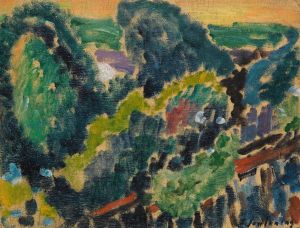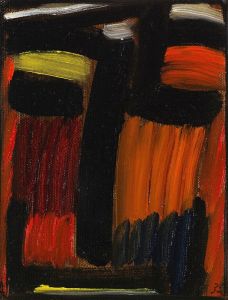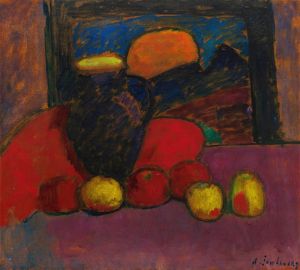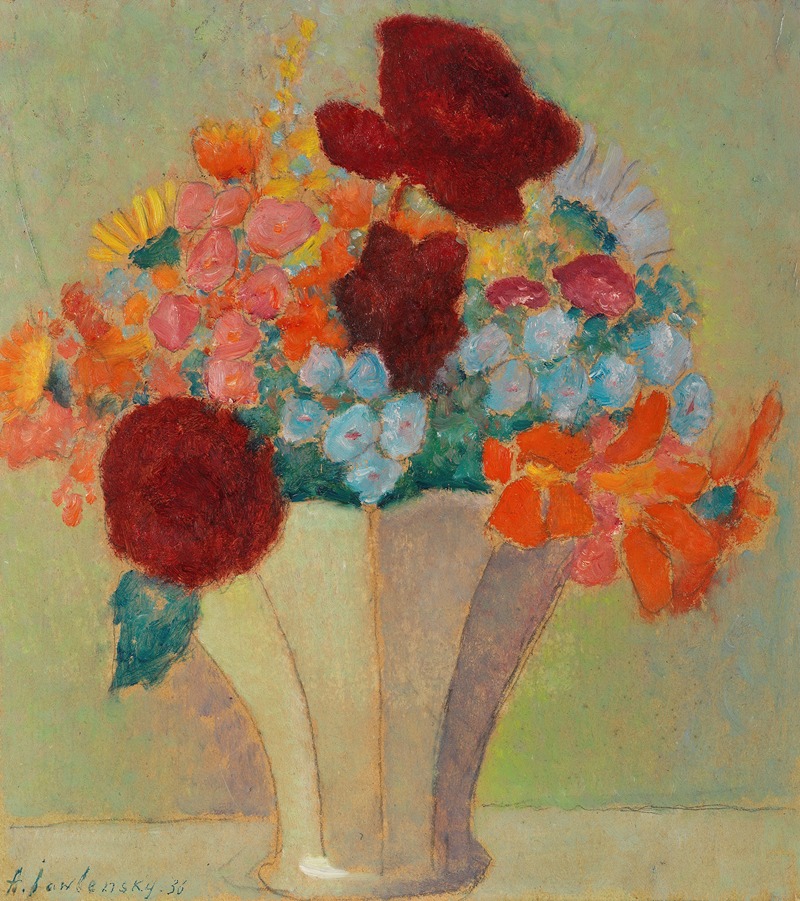
Grosses Stillleben; Helles Bouquet
A hand-painted replica of Alexej von Jawlensky’s masterpiece Grosses Stillleben; Helles Bouquet, meticulously crafted by professional artists to capture the true essence of the original. Each piece is created with museum-quality canvas and rare mineral pigments, carefully painted by experienced artists with delicate brushstrokes and rich, layered colors to perfectly recreate the texture of the original artwork. Unlike machine-printed reproductions, this hand-painted version brings the painting to life, infused with the artist’s emotions and skill in every stroke. Whether for personal collection or home decoration, it instantly elevates the artistic atmosphere of any space.
Alexej von Jawlensky was a Russian expressionist painter, known for his vibrant use of color and bold compositions. He was an influential figure in the early 20th-century art world, contributing significantly to the development of expressionism alongside other notable artists such as Wassily Kandinsky and Gabriele Münter. Jawlensky's work is characterized by its emotive use of color and form, often exploring themes of spirituality and the human condition.
"Groses Stillleben; Helles Bouquet" is one of Jawlensky's notable works, exemplifying his unique approach to still life painting. The title translates to "Large Still Life; Bright Bouquet," indicating the subject matter of the painting. This piece showcases Jawlensky's ability to infuse traditional still life compositions with a modern, expressionist sensibility. The painting features a vibrant bouquet of flowers, rendered in bold, expressive brushstrokes that capture the essence and vitality of the subject.
Jawlensky's use of color in "Groses Stillleben; Helles Bouquet" is particularly striking. He employs a vivid palette, with bright, contrasting colors that create a sense of dynamism and energy. This approach reflects his interest in the emotional and spiritual power of color, a theme that runs throughout much of his work. The composition is both structured and spontaneous, with the flowers arranged in a way that suggests movement and life, yet also adhering to a sense of balance and harmony.
The painting is a testament to Jawlensky's skill in blending traditional artistic techniques with modernist ideas. While the subject matter of a still life is rooted in art history, Jawlensky's interpretation is distinctly contemporary, reflecting the broader trends of the expressionist movement. His work often transcends the literal representation of objects, aiming instead to convey deeper emotional and spiritual truths.
Jawlensky was part of the Munich-based group known as the Blue Rider (Der Blaue Reiter), which was founded in 1911. This group was instrumental in the development of expressionism, advocating for an art that was more abstract and emotionally charged. Jawlensky's contributions to the group and the movement were significant, as he brought a unique perspective that was informed by his Russian heritage and his exposure to various European artistic traditions.
Throughout his career, Jawlensky continued to explore the possibilities of color and form, producing a body of work that is both diverse and cohesive. His still life paintings, including "Groses Stillleben; Helles Bouquet," are an important part of his oeuvre, demonstrating his ability to innovate within a traditional genre. These works are celebrated for their boldness and their ability to convey complex emotions through seemingly simple compositions.
Today, Jawlensky's paintings are held in high regard, with many pieces housed in major museums and collections around the world. "Groses Stillleben; Helles Bouquet" is a prime example of his artistic vision, showcasing his mastery of color and form, and his ability to imbue everyday subjects with profound meaning. His work continues to inspire and influence artists, reflecting the enduring legacy of his contributions to modern art.





